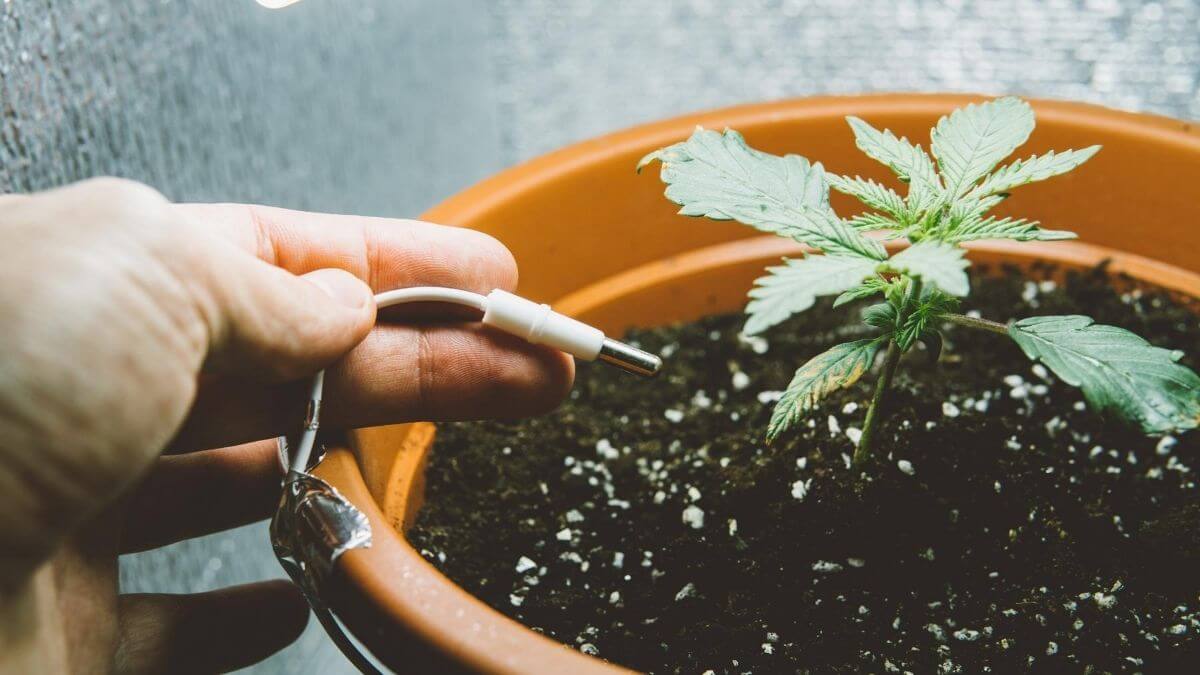So, you’ve chosen to cultivate, but you’re uncertain if a grow tent is necessary. We will explain why a grow tent may be the correct choice for you. These should give you a sense of how to pick the best alternative moving ahead.
1. One of the main reasons to purchase a grow tent is the ability to regulate the environment inside. With a few little adjustments, you may fine-tune your environment to provide the optimal circumstances for plant growth. The atmosphere inside a tent is much simpler to manage than a large space.
2. Growing under a tent reduces the amount of energy and power required. The reflecting material on the walls, floor, and ceiling of the tent enables light to reflect and go straight to the plant without wasting energy. In nonreflective spaces, light is projected from a lamp onto various surfaces, where it is absorbed as heat and light, with very little light reflected (just enough for your eyes to detect it). However, if you have a reflective surface (such as a mirror or Mylar, for example), light is “bent” at an angle and sent elsewhere. If all surfaces are reflecting, light will bounce until it hits a surface that is not mostly your plants. The reflectivity guarantees that you maximize your energy consumption and that your plants get the most amount of energy possible.
3. Using a grow tent is often safer. Since it is completely enclosed, it may be concealed and people are less likely to stumble across it by accident. Having a grow operation in a closet or spare bedroom may be convenient, but it becomes much more difficult to conceal when visitors arrive. A grow tent is completely confined and separated, and a tiny padlock can keep off inquisitive visitors.
4. The air coming out of a grow tent is considerably simpler to regulate than the air coming out of a room. A simple air filtering system will eliminate the majority of odors produced by your plants, and because a tent is enclosed, the smells will only be contained inside the tent itself. With the ventilation ports, you can ensure that the only air that escapes is fresh and clean. This is far simpler to manage than, for example, an open room.

5. Temperature regulation is also more simpler under a grow tent than in an open area. By making a few adjustments, you may instantly boost or drop the temperature. As a result of restricting the area, the temperature cannot escape as rapidly as it would in an open region.
6. A grow tent makes it simple to keep beneficial pests in and undesirable pests out. By creating a restricted space, you can ensure that the beneficial insects are able to stay and complete their tasks, while the harmful insects remain on the outside. Having complete control over an indoor garden is far more convenient than having to deal with huge open regions where any infection or bug may enter the garden. Because you can manage the variables that favor pests, a grow tent also makes problem-solving much simpler (such as heat and humidity). The only way a disease may enter a tent is on the bottom of your shoe or on your clothing, therefore your plants would appreciate it if you take care to ensure you are clean before entering the tent.
7. The portability of a grow tent is a significant issue. Let’s face it, unforeseen circumstances may cause you to relocate immediately. A specialized grow room will be difficult to relocate in a short period of time, but a grow tent just requires a few cables to be disconnected and can be disassembled in a few minutes. This implies that you can relocate or store it whenever necessary.
8. After the plants have been grown and harvested, the grow tent provides the ideal environment for drying them. Because you can manage humidity, temperature, circulation, and light, grow tents are also excellent locations for drying plants. If a plant dries too quickly or too slowly, the final result will not be as tasty or aromatic. However, by utilizing a tent, you can manage the atmosphere and watch the drying process without disturbing the plants.





